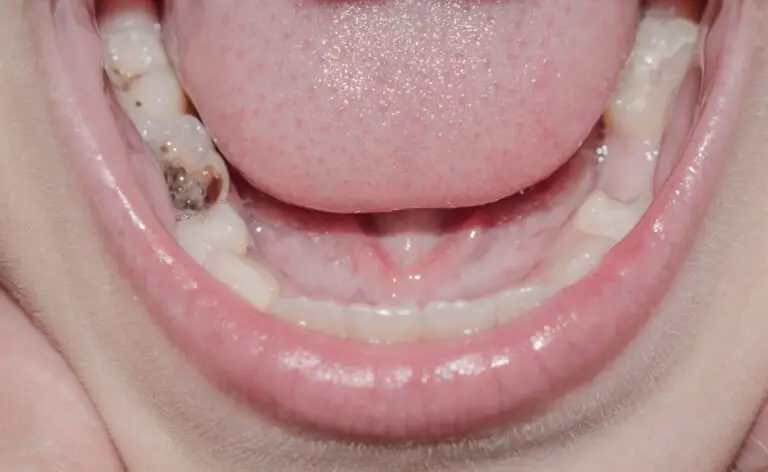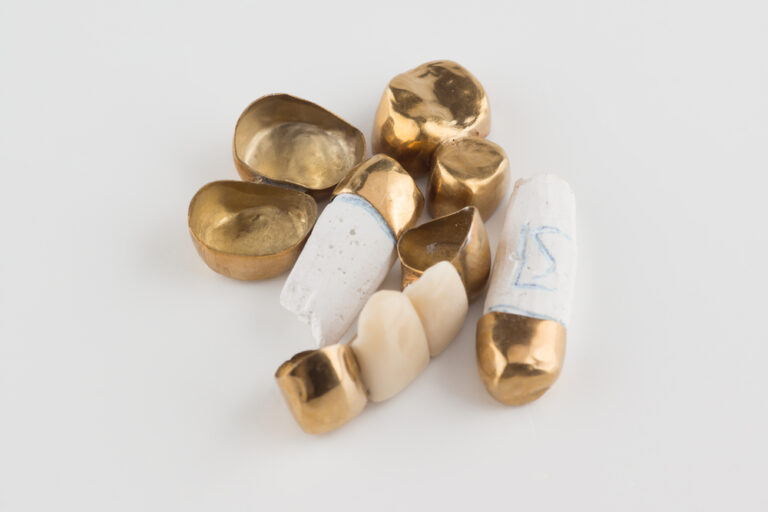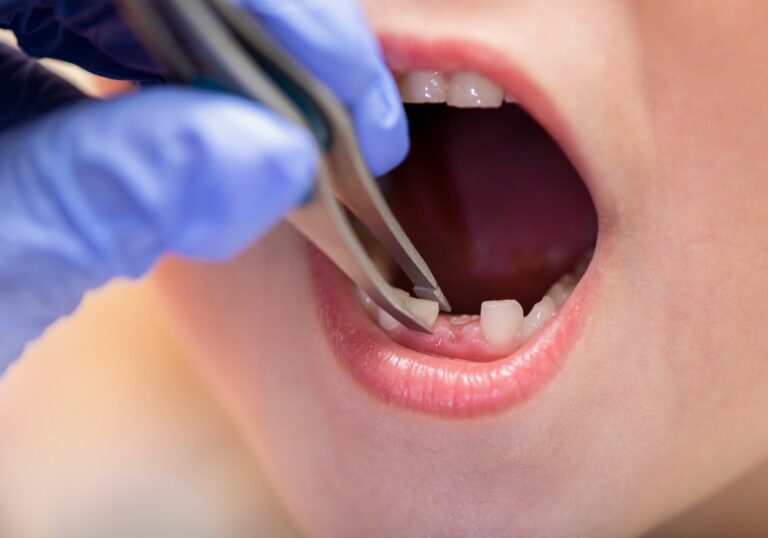Broken teeth can be a painful and alarming experience. You may be wondering if broken teeth are common and what causes them. The answer is yes, broken teeth are a common dental issue that affects many people.
There are many possible causes of broken teeth, including trauma, tooth decay, and biting down on hard objects. Trauma can occur from a fall, sports injury, or even just biting down too hard on something. Tooth decay weakens the tooth and can cause it to break more easily. Biting down on hard objects, such as ice or candy, can also cause a tooth to break. It’s important to take steps to prevent broken teeth, such as wearing a mouthguard during sports and avoiding chewing on hard objects.
Understanding Broken Teeth
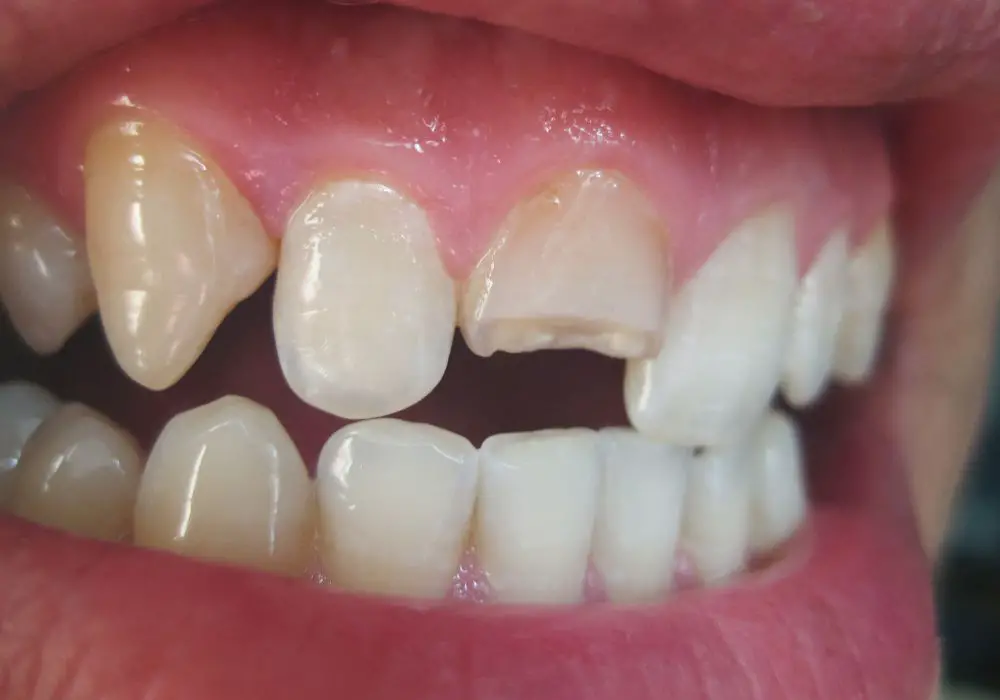
What Are Broken Teeth?
Broken teeth are a common dental problem that can occur due to a variety of reasons. A broken tooth is a tooth that has a crack, chip, or fracture in it. It can be caused by a number of factors, including trauma, decay, or biting down on hard objects.
If you have a broken tooth, it is important to seek dental treatment as soon as possible. Leaving a broken tooth untreated can lead to further damage and even tooth loss.
Causes of Broken Teeth
There are several factors that can contribute to the development of broken teeth. Some of the most common causes include:
- Trauma: Trauma to the mouth, such as a fall or sports injury, can cause a tooth to break.
- Tooth decay: Tooth decay weakens the tooth structure, making it more susceptible to breaking.
- Biting down on hard objects: Biting down on hard objects, such as ice or hard candy, can cause a tooth to crack or chip.
- Bruxism: Bruxism, or teeth grinding, can cause teeth to become weak and more prone to breaking.
- Poor oral hygiene: Poor oral hygiene can lead to tooth decay and gum disease, which can weaken the teeth and increase the risk of breakage.
In some cases, broken teeth may not cause any immediate pain or discomfort. However, even if a broken tooth does not hurt, it is important to seek dental treatment to prevent further damage and ensure the tooth is properly treated.
Prevalence of Broken Teeth
Broken teeth are a common dental problem that affects many people. According to a patient survey conducted by the Practice-based Research in Oral Health network from the Oregon Health and Science University, cracks in teeth are virtually ubiquitous. The survey involved over 14,000 molars and revealed that cracks were present in almost all of them.
Another study by Hilton and Ferracane documented the prevalence of what they called a cracked-tooth epidemic. Their work benefited from a survey of the Cracked Teeth Registry that was organized by the National Dental Practice-Based Research Network. Of the 14,346 molars and 1,962 patients evaluated, the survey showed that the prevalence of cracked teeth was high.
Caucasians and African Americans represented a majority of the population with cracked teeth, and first and second molars had the highest predilection for fractures. Tooth fractures are most common in children and older people, although anybody can crack a tooth.
It is important to note that while broken teeth are common, they can vary in severity. Some cracks are minor and may not cause any symptoms, while others can be severe and lead to tooth loss. Therefore, it is essential to seek dental care if you suspect you have a broken tooth to prevent further damage.
Symptoms and Diagnosis
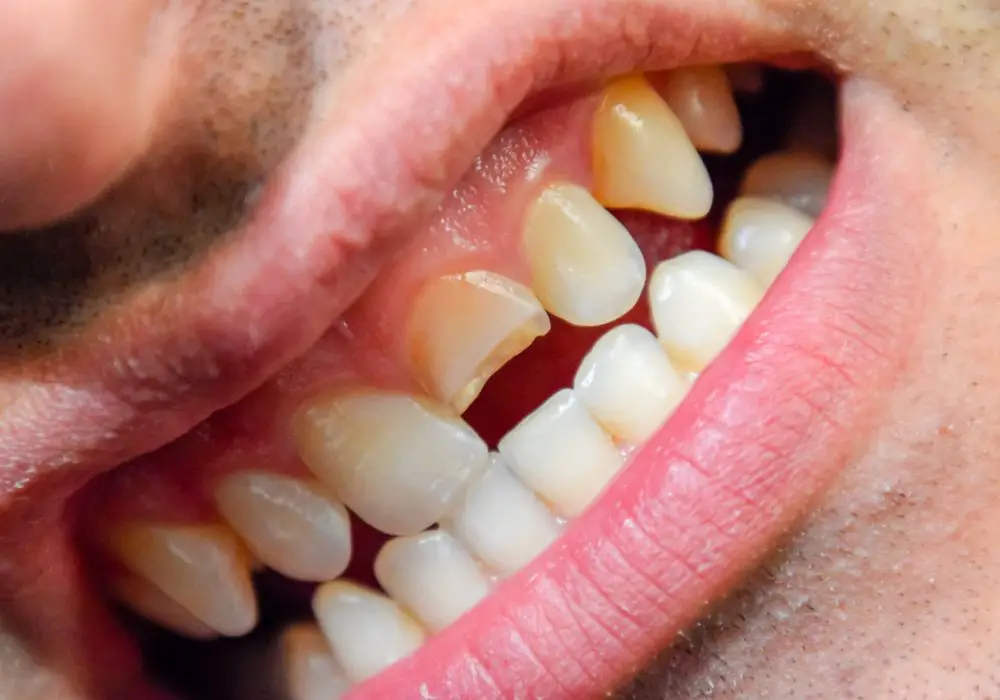
Identifying Symptoms
If you have a broken tooth, you may experience a range of symptoms. Some of the most common symptoms of a broken tooth include:
- Pain when biting or chewing
- Sensitivity to hot or cold temperatures
- Swelling around the affected tooth
- Bleeding around the affected tooth
- Sharp or jagged edges on the tooth
- A visible crack or chip in the tooth
If you experience any of these symptoms, it’s important to schedule an appointment with your dentist as soon as possible. Your dentist will be able to diagnose the problem and recommend the appropriate treatment.
Diagnosis Process
When you visit your dentist for a broken tooth, they will begin by examining the affected tooth and asking you about your symptoms. They may also take X-rays to get a better look at the tooth and determine the extent of the damage.
In some cases, your dentist may use a dental dye to help identify the crack or fracture in your tooth. This dye can help to highlight the damaged area and make it easier to see.
Once your dentist has diagnosed the problem, they will recommend the appropriate treatment. This may include a filling, crown, or other restorative procedure to repair the broken tooth.
It’s important to remember that a broken tooth can be a serious problem, and it’s essential to seek treatment as soon as possible. With the right diagnosis and treatment, you can restore your tooth and maintain your oral health.
Treatment Options
If you have a broken tooth, there are various treatment options available depending on the severity of the fracture. In this section, we will discuss immediate remedies and long-term solutions.
Immediate Remedies
If you have a broken tooth, there are a few immediate remedies you can try to alleviate the pain and discomfort. Here are some options:
- Rinse your mouth with warm saltwater to reduce swelling and pain.
- Apply a cold compress to the affected area to reduce swelling and pain.
- Take over-the-counter pain medication such as ibuprofen or acetaminophen to reduce pain.
It is important to note that these remedies are only temporary and you should see a dentist as soon as possible for a proper diagnosis and treatment.
Long-Term Solutions
The treatment for a broken tooth depends on the severity of the fracture. Here are some long-term solutions that your dentist may recommend:
- Dental bonding: This involves applying a tooth-colored resin material to the affected area to restore the tooth’s shape and function.
- Dental crown: This is a tooth-shaped cap that is placed over the broken tooth to restore its shape, size, and strength.
- Root canal: If the fracture extends to the pulp of the tooth, a root canal may be necessary to remove the damaged tissue and restore the tooth’s function.
- Dental implant: If the tooth is severely damaged and cannot be saved, a dental implant may be necessary to replace the missing tooth.
It is important to note that the type of treatment recommended will depend on the severity of the fracture and the location of the broken tooth. It is best to consult with your dentist to determine the best treatment plan for your specific case.
In summary, broken teeth are common and there are various treatment options available depending on the severity of the fracture. It is important to seek immediate dental care if you have a broken tooth to prevent further damage and ensure proper treatment.
Prevention Strategies
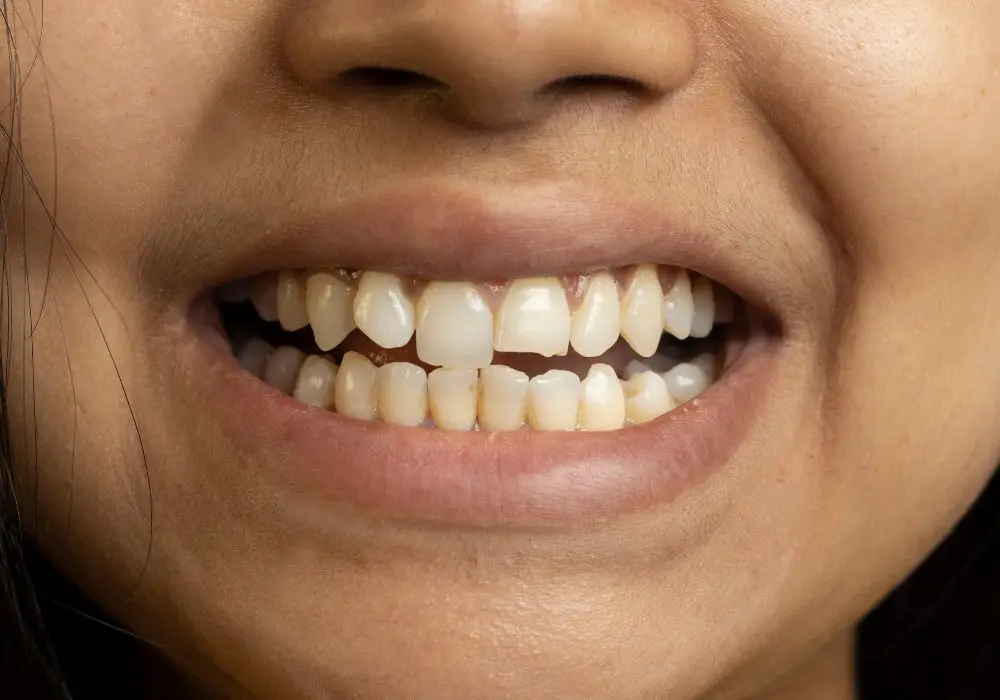
Taking good care of your teeth is essential to prevent broken teeth. Here are some prevention strategies to keep your teeth healthy and strong.
Oral Hygiene Habits
Maintaining good oral hygiene habits is crucial to prevent broken teeth. Here are some tips to help you keep your teeth healthy:
- Brush your teeth twice a day with fluoride toothpaste.
- Floss your teeth daily to remove plaque and food particles.
- Use mouthwash to kill bacteria and freshen your breath.
- Avoid chewing on hard objects such as ice, popcorn kernels, and hard candy.
- Don’t use your teeth to open packages or bottles.
- Wear a mouthguard when playing sports to protect your teeth from injury.
Professional Dental Care
Regular visits to the dentist can help prevent broken teeth. Here’s what you can do:
- Schedule regular dental checkups and cleanings with your dentist.
- Discuss any concerns you have with your dentist, such as teeth grinding or clenching.
- Ask your dentist about dental sealants and fluoride treatments to strengthen your teeth and protect against decay.
- Consider replacing large fillings with more durable materials.
- If you have a cracked tooth, seek treatment from your dentist as soon as possible to prevent further damage.
By following these prevention strategies, you can reduce your risk of developing broken teeth and keep your smile healthy and beautiful.
Frequently Asked Questions
How common are broken teeth?
Broken teeth are a common dental problem that affects people of all ages. It can happen due to several reasons such as biting on hard objects, trauma to the face, grinding or clenching your teeth, and decay that weakens the tooth structure. According to the American Dental Association, about one in four adults have untreated tooth decay, which can lead to a broken tooth.
What are the symptoms of a cracked tooth?
A cracked tooth can cause a range of symptoms, including pain when chewing, sensitivity to hot or cold temperatures, and discomfort when biting down. In some cases, a cracked tooth may not cause any symptoms at all. It is important to see a dentist if you suspect you have a cracked tooth, as it can lead to further damage if left untreated.
How is cracked tooth syndrome treated?
The treatment for cracked tooth syndrome depends on the severity of the crack. In some cases, a filling or bonding material can be used to repair the tooth. In more severe cases, a crown or root canal may be necessary. Your dentist will evaluate the extent of the damage and recommend the appropriate treatment.
Can a cracked tooth cause jaw pain?
Yes, a cracked tooth can cause jaw pain. The pain may be due to the pressure put on the tooth when you bite down or chew. If the crack is severe, it can cause inflammation and infection, which can lead to jaw pain and swelling.
Is a broken tooth a serious issue?
A broken tooth can be a serious issue, especially if it is left untreated. It can lead to further decay, infection, and even tooth loss. If you have a broken tooth, it is important to see a dentist as soon as possible to prevent further damage.
Which tooth is most commonly broken?
The most commonly broken tooth is the lower first molar, followed by the upper central incisor. However, any tooth can be broken or cracked, so it is important to take care of your teeth and see a dentist regularly to prevent dental problems.

